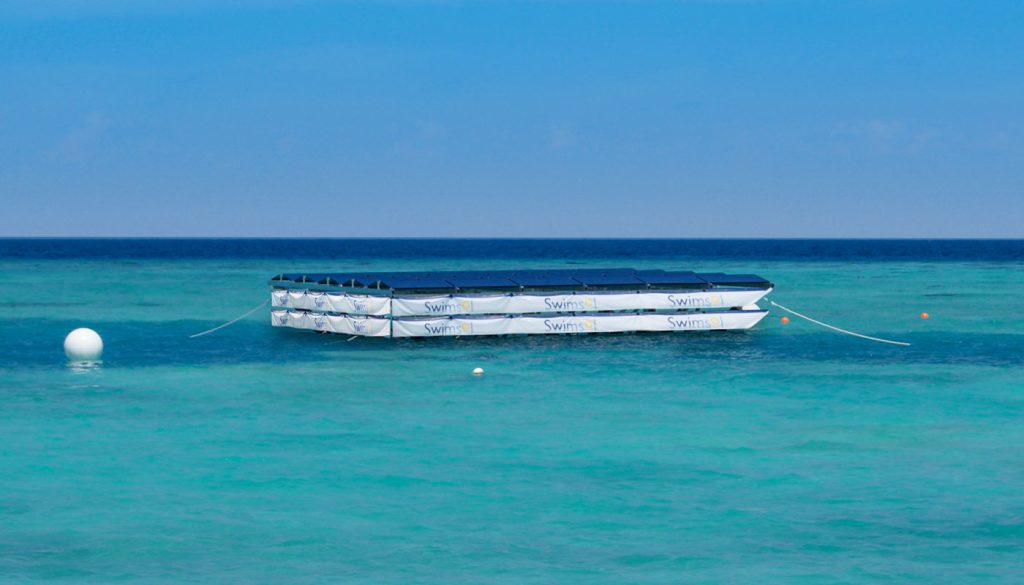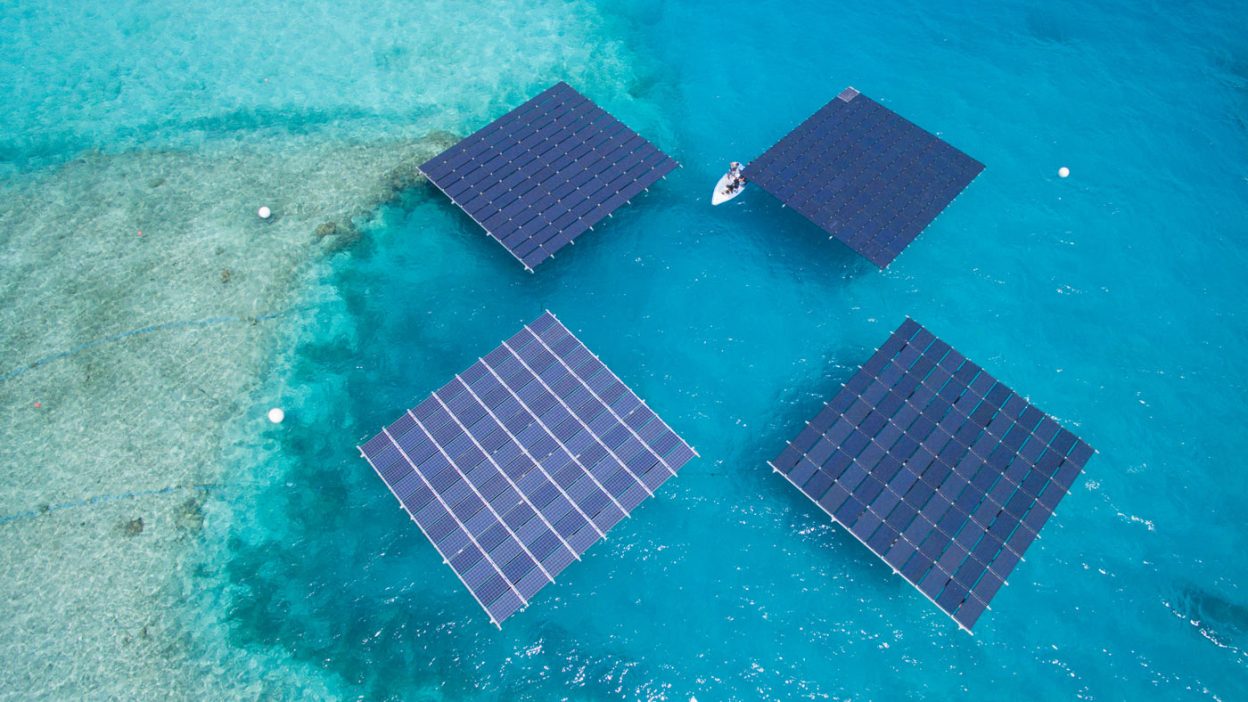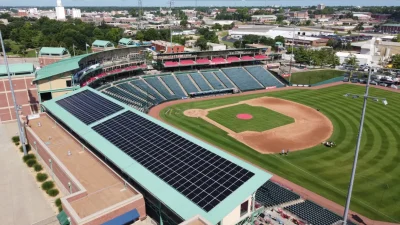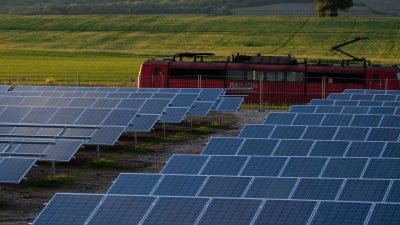Table of Contents
- Introduction: Harnessing Renewable Energy from Water Reservoirs
- Benefits of Floating Solar Panel Systems
- Types of Floating Solar Panel Systems
- Top Floating Solar Panel Systems for Water Reservoirs
- Key Considerations for Reservoir Installation
- Challenges and Solutions in Floating PV Deployments
- Future Trends in Floating Solar Panels
- Conclusion: Unlocking the Full Potential of Floating Solar on Reservoirs
Introduction: Harnessing Renewable Energy from Water Reservoirs
Worldwide demand for clean energy continues to rise, with solar power at the center of many sustainable initiatives. Floating solar panel systems, also known as floating photovoltaic (FPV) arrays, offer a cutting edge solution for maximizing solar power generation without consuming valuable land. By installing solar panels directly on the surface of water reservoirs, municipalities, utilities, and private companies can efficiently generate renewable electricity while solving a variety of water management challenges.
This comprehensive guide will introduce you to the best floating solar panel systems for water reservoirs, explain how these innovative platforms work, outline their advantages, and provide recommendations for choosing and installing the right system for your specific needs. Whether you are a facility manager, civil engineer, or an investor researching the latest in solar technology, you will discover how floating PV systems are transforming our approach to sustainable energy and water resource management.
Benefits of Floating Solar Panel Systems
Floating solar panel systems are quickly gaining popularity due to their wide range of benefits, both for energy production and water conservation. Here are the most notable advantages:
- Land Conservation: Since solar panels are installed on the water surface, there is no need for large tracts of land, making this technology ideal for areas where land use is limited or expensive.
- Increased Efficiency: Water cools the solar panels from below, reducing panel temperature and thereby increasing conversion efficiency compared to ground mounted systems, especially during hot climates or in regions with strong sun exposure.
- Reduction in Water Evaporation: The shade from the panels limits sunlight directly hitting the water, significantly reducing evaporation crucial for drought prone areas and drinking water reservoirs.
- Algae Growth Suppression: Shade provided by floating panels inhibits photosynthesis in the water, limiting the growth of algae which can degrade water quality.
- Synergistic Infrastructure Use: Reservoirs with existing infrastructure, such as hydropower dams or water treatment plants, can benefit from a hybrid approach, sharing grid connections and maximizing existing assets.
These advantages make floating solar panel systems a compelling option for sustainable energy and water reservoir management, especially as global resources grow increasingly strained.
Types of Floating Solar Panel Systems
Choosing the best floating solar panel system for your water reservoir begins with understanding the two main design architectures:

1. Pontoon Based Systems
These are the most common floating solar solutions. Panels are mounted on modular, buoyant pontoons that interlock to form a stable platform. The pontoons are usually made from high density polyethylene (HDPE) or other durable, UV resistant materials. This design allows for scalability and flexibility, making it ideal for most reservoirs.
2. Tensioned Cable or Raft Systems
In these systems, solar arrays are arranged on a tensioned mesh or raft anchored to the reservoir bed or banks. These systems are particularly suitable for uneven or fluctuating water surfaces and high wind conditions.
Hybrid Configurations
Some floating solar installations combine PV with other technologies such as small wind turbines or aquaculture platforms, or are used in tandem with existing hydropower, creating highly optimized, hybrid renewable energy systems.
Top Floating Solar Panel Systems for Water Reservoirs
The market for floating solar panel systems is expanding rapidly, with several manufacturers leading the way in innovation, reliability, and efficiency. Below are some of the best floating solar panel solutions currently available for water reservoirs, based on real world performance, reliability, and industry reputation:
-
Swimsol SolarSea®
- Originally developed for nearshore marine applications, Swimsol’s SolarSea system employs salt resistant, modular floats with adjustable tilt angles. The advanced design is also compatible with inland water reservoirs vulnerable to fluctuating water levels and high UV exposure.
-
Ciel & Terre Hydrelio®
- The Hydrelio system by Ciel & Terre, a French company, is among the most widely used floating solar systems globally. The modular, recyclable HDPE floats support a wide range of panel brands and configurations. Hydrelio platforms are suitable for both small reservoirs and utility scale projects, thanks to robust anchoring and adaptable design.
-
Sungrow Floating PV System
- Sungrow, one of the world’s largest inverter manufacturers, offers a comprehensive floating PV solution featuring corrosion resistant floats and customized anchoring. The system is engineered to withstand various wind and wave conditions, making it ideal for large scale reservoir installations.
-
Pristine Sun WaterNest
- WaterNest platforms feature robust, easy to assemble pontoon modules with anti algae and anti UV properties. The lightweight system enables rapid deployment on a range of water bodies, including drinking water and irrigation reservoirs.
-
Isigenere Isifloating®
- Made in Spain, Isifloating is known for its innovative float architecture and integrated cable management system. Its easy maintenance and anti slipping walkways make it particularly project friendly for municipal reservoirs and water treatment plants.
When selecting a system, consider factors such as local climate, water depth, reservoir size, and maintenance requirements, as these greatly influence the long term success of your floating solar array.
Key Considerations for Reservoir Installation
Deciding to install floating solar panels on a water reservoir requires careful planning and site assessment. Here are the critical aspects to evaluate during the project development phase:
- Site Assessment: Analyze reservoir depth, seasonal water level variations, wind conditions, and water current. Conduct an ecological impact study and assess any regulatory constraints for drinking water sources.
- Anchoring and Mooring: Choose suitable anchoring methods (bank anchoring, underwater anchors, or a combination) to secure the floating array under site specific stresses, including waves and strong winds.
- Electrical Safety: Floating PV systems require high grade waterproof cabling, grounded frames, and reliable electrical isolation to prevent corrosion or short circuits due to moisture.
- Maintenance Access: Design walkways for safe technician access and debris removal. Modular systems with removable panels or floats simplify cleaning and routine inspection.
- Environmental Impact: Monitor potential effects on fish populations, water quality, and reservoir ecosystem. Many systems are designed to minimize ecological disturbance, but each site has unique requirements.
- Integration with Existing Infrastructure: If the reservoir supplies a water treatment plant or hydroelectric facility, ensure the PV system integrates seamlessly with grid connections and operational controls.
Rigorous upfront analysis will help avoid costly retrofits or unplanned downtime. Consulting with manufacturers and experienced installers is highly recommended for first time floating solar projects.
Challenges and Solutions in Floating PV Deployments
While floating solar panel systems offer many advantages, deploying them on water reservoirs often presents unique engineering and operational challenges. Below are some common issues along with best practice solutions:
- Biofouling and Debris Accumulation: Aquatic plants and floating debris can gather around pontoons and frames. Solution: Design platforms with sloped edges or smooth surfaces, and implement routine cleaning schedules to minimize build up.
- Corrosion and Environmental Degradation: Continuous exposure to water, sunlight, and changing temperatures can degrade pontoon and frame materials. Solution: Use corrosion resistant alloys, UV stabilized plastics, and regular inspections to extend the system lifespan.
- Strong Wind and Wave Action: Reservoirs in open or elevated locations are vulnerable to wind and storm surges. Solution: Employ robust anchoring, flexible moorings, and aerodynamic float shapes to withstand extreme weather events.
- Grid Integration and Power Fluctuations: Floating PV arrays can sometimes introduce intermittent power output or complicate grid integration. Solution: Install smart inverters and energy storage systems to regulate and smooth out energy delivery.
- Permitting and Compliance: Regulatory rules often govern water use, environmental impact, and electrical installations. Solution: Collaborate with local authorities and conduct environmental impact assessments early in the project.
Addressing these challenges with a well designed system helps ensure that floating solar installations deliver consistent, long term performance and community value.
Future Trends in Floating Solar Panels
Floating solar panel systems are still an emerging technology, but the market outlook is extremely promising. Here are some trends shaping the future of solar power on water reservoirs:
- Increased Capacity and Project Size: Large scale floating PV projects exceeding 100 MW are being completed, especially in Asia and Europe. This trend is expected to continue as utilities recognize the scalability and grid value of FPV systems.
- Technological Innovation: New materials, such as advanced polymers and corrosion proof alloys, are increasing durability and reducing maintenance needs. Bifacial panels, which capture sunlight from both top and bottom, are becoming more common on floating installations to further boost output.
- Hybrid Power Solutions: Combining FPV with hydropower and battery storage creates a stable, 24/7 renewable energy resource, helping accelerate the transition away from fossil fuels.
- AI Based Monitoring: Advanced data analytics and drone inspections are being used to optimize array performance, predict maintenance needs, and monitor environmental impacts in real time.
- Policy Support and Incentives: Governments and agencies are beginning to offer incentives and streamlined permitting processes for floating solar, encouraging faster adoption on both public and private reservoirs.
With continuous progress in both technology and regulatory support, floating solar panel systems are positioned to become a crucial part of global energy and water infrastructure.
Conclusion: Unlocking the Full Potential of Floating Solar on Reservoirs
Floating solar panel systems offer an efficient and innovative approach to renewable electricity generation that conserves land, preserves water quality, and enhances reservoir management. The best floating solar panel systems for water reservoirs deliver high energy yields with minimal environmental impact, making them a smart investment for municipalities, utilities, and private stakeholders. As technology advances and project costs fall, new floating solar installations will play a growing role in meeting global clean energy goals.
By understanding the range of available platforms, installation requirements, and operational challenges, stakeholders can make informed decisions about deploying floating solar on their water reservoirs. For those committed to sustainability, energy resilience, and innovative infrastructure, this technology provides a compelling pathway forward.





